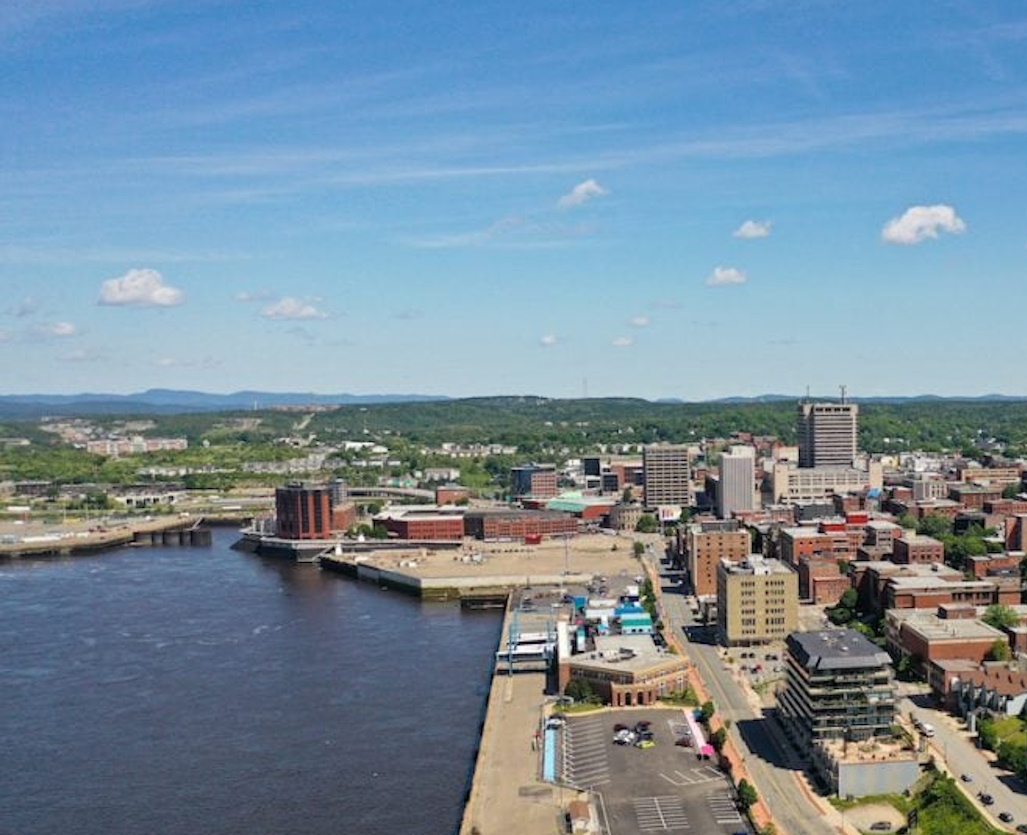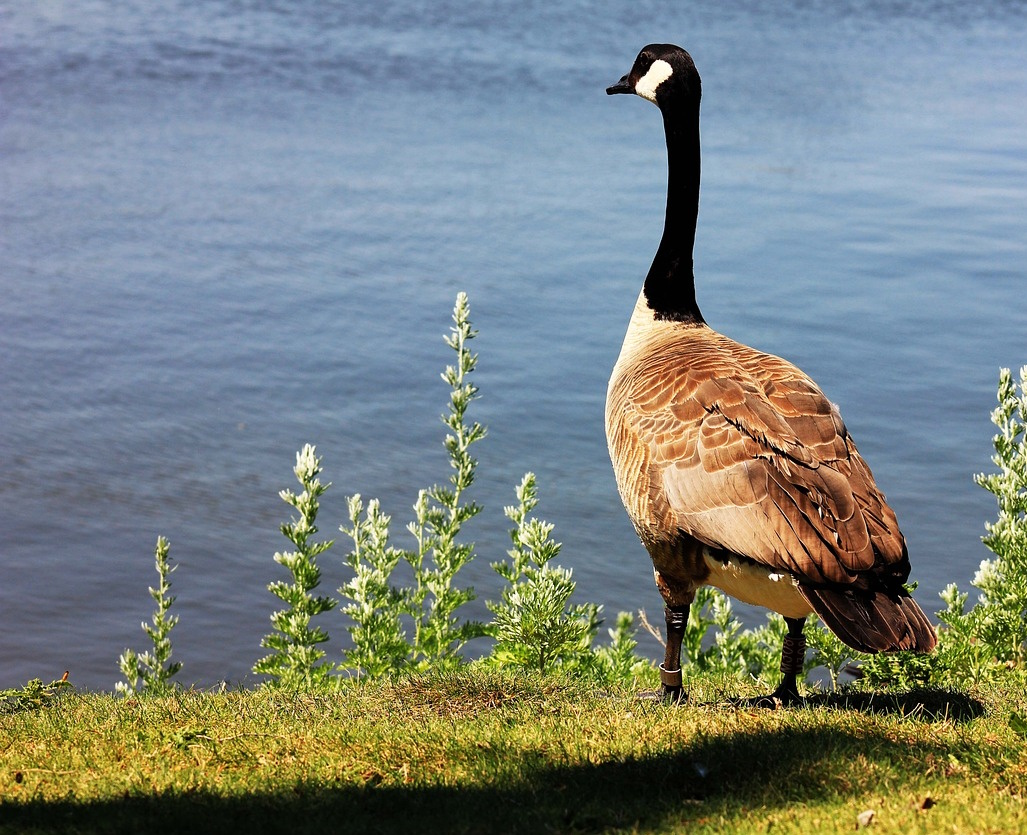The Reversing Falls
Saint John is home to the Reversing Falls, a natural phenomenon where the Bay of Fundy tides cause the Saint John River to flow backward, creating rapids and whirlpools.
Historic Uptown
The city’s historic uptown area is known for its well-preserved 19th-century architecture and offers a charming backdrop for shopping, dining, and exploring.
Bay of Fundy
The Bay of Fundy, just outside Saint John, is renowned for having the world’s highest tides, which can reach up to 50 feet in height, creating a unique marine ecosystem.
Previous slide
Next slide
Saint John, the largest city in New Brunswick, is a captivating coastal destination with a rich maritime heritage, stunning natural landscapes, and a strong sense of community. Known for its historic charm, scenic views, and thriving arts scene, Saint John is a city that’s both stunning and seafaring. Here are 15 fascinating and fun facts about this wonderful Canadian city:
- The Reversing Falls: Saint John is home to the Reversing Falls, a natural phenomenon where the Bay of Fundy tides cause the Saint John River to flow backward, creating rapids and whirlpools.
- Historic Uptown: The city’s historic uptown area is known for its well-preserved 19th-century architecture and offers a charming backdrop for shopping, dining, and exploring.
- Bay of Fundy: The Bay of Fundy, just outside Saint John, is renowned for having the world’s highest tides, which can reach up to 50 feet in height, creating a unique marine ecosystem.
- Market Square: Market Square is a vibrant waterfront complex filled with shops, restaurants, and live entertainment, making it a hub of activity and culture in the city.
- Saint John City Market: The Saint John City Market is the oldest continuing farmers’ market in North America, offering a wide range of local goods and culinary delights.
- Irving Nature Park: The Irving Nature Park is a beautiful coastal park with hiking trails, beaches, and scenic overlooks of the Bay of Fundy.
- Canada’s Oldest Museum: The New Brunswick Museum, located in Saint John, is Canada’s oldest continuing museum, featuring exhibitions on natural history, cultural heritage, and fine arts.
- The Loyalists: Saint John is steeped in Loyalist history, and the Loyalist House is a historic residence that provides insight into the lives of the early settlers in the region.
- Saint John Dragon Boat Festival: The Saint John Dragon Boat Festival is an annual event that showcases dragon boat races, live music, and cultural festivities along the city’s waterfront.
- Saint John Ale House: Saint John Ale House is a popular local pub known for its craft beers, delicious food, and live music, offering a taste of the city’s culinary scene.
- The Imperial Theatre: The Imperial Theatre is a cultural gem in the city, hosting a variety of performances, including theater productions, concerts, and dance shows.
- Public Art: Saint John features numerous public art installations that enhance the city’s streets and public spaces, adding vibrancy and creativity to the urban landscape.
- Rockwood Park: Rockwood Park is a sprawling urban park with hiking trails, gardens, a zoo, and a beautiful lake for outdoor enthusiasts to enjoy.
- Marco Polo Cruise Terminal: The Marco Polo Cruise Terminal welcomes cruise ships to Saint John, making it a port of call for travelers exploring the Bay of Fundy region.
- Vibrant Waterfront: Saint John’s waterfront is a bustling place with festivals, seafood restaurants, and cultural events, creating a lively atmosphere that celebrates the city’s maritime roots.
Saint John’s maritime history, scenic beauty, and cultural charm make it a city that’s both stunning and seafaring. These 15 facts offer a glimpse of what makes Saint John a truly enchanting place to explore and enjoy.



